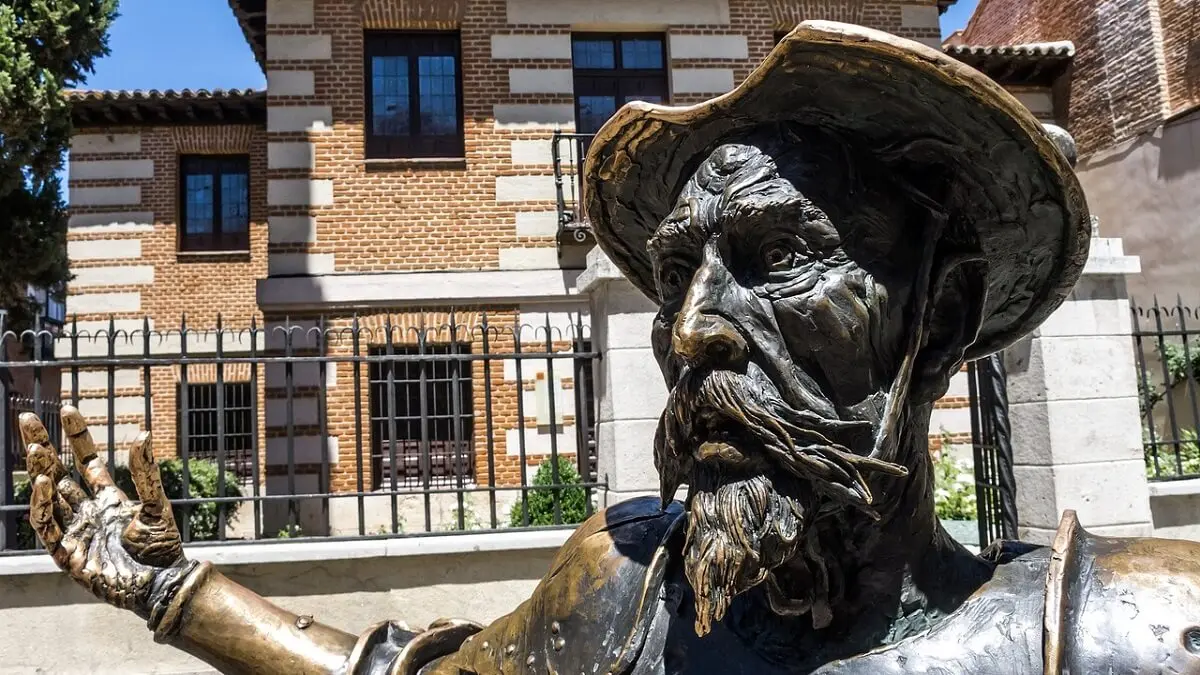Editions of "El ingenioso hidalgo Don Quijote de la Mancha"

With this brief Bulletin of bibliographical statistics, the Institute sought to highlight the important transcendence and enormous diffusion that the immortal work of Miguel de Cervantes de Saavedra, since the 1605 edition of its First Part, has had throughout the world.
"El ingenioso hidalgo Don Quijote de la Mancha", as the most famous novel in the world and having reached the highest number of editions in the western literary universe after the Bible.
The Bulletin only included data on the academic or popularisation editions of the novel in the various languages into which it has been translated. The statistics do not include:
School adaptations; children's editions; arrangements in languages in which the complete work has been published; nor pirated editions. The number of 1446 editions resulting from the calculations presented in the Bulletin must be increased beyond the limit of two thousand editions, beyond which any estimate must be vague and fluctuating. This Bulletin attempted to bring together as faithfully as possible all the editions of the work that had been published in the various languages and parts of the world, from the appearance of its First Part in 1605 and over a period of three and a half centuries, up to 1973, with the addition of a chronological bibliography of Cervantes' total work.
In principle, it was found that Don Quixote had been translated into 41 languages, with Spanish, with 508 editions, being the language in which it has been published the most; French, in second place, with 292 editions, followed by English - in third place - with 231, German - in fourth place - with 107, Italian - in fifth place - with 81 editions and, finally, above twenty, Russian - in sixth place - with 31 editions and, finally, Dutch, in seventh place with 27 editions. The number of editions in a language does not indicate numerical superiority in terms of the country of that language as the place of publication. Thus, Paris - as opposed to Madrid or Barcelona - is the place where most of the work has been published, whether in French, Spanish, Portuguese or other languages. It is striking that there is no Chinese edition, which does not mean that the Chinese are not interested in Cervantes' work. It so happens that three Anglo-Chinese bilingual editions were published at the end of the 20th century,
The chronological order of appearance of first editions in the various languages corresponds to the quantitative order of editions, with English being the first language into which the work was translated and French having the largest number of editions, which is repeated if we compare Russian with Dutch. The late appearance of the first Portuguese edition can be understood along these lines, despite the fact that Portugal is so closely related to Spain, and this could be related to the fact that at that time the Portuguese and the Castilians could be considered practically bilingual, since the two languages did not differ as much as they do today. The Spanish National Book Institute published the Bulletin in its journal El Libro Español in its February 1973 issue.
On the occasion of the 4th centenary of the publication of Don Quixote in 2005, Círculo de Lectores and Galaxia Gutenberg published the latest edition of the Instituto Cervantes edition of this great classic. Fifty years ago, the Bulletin of the Spanish Cultural Institute in Dublin put the number of different publications of Don Quixote at 1446 (in 41 different languages), of which 508 were in Spanish; almost two thirds of the editions were translated into other languages (in French alone there were almost 300) and only up to 1965. How many will there have been by 2024? The dates of the first editions have not changed: 1605 in Spanish, 1612 in English, 1614 in French, into Japanese in 1896 and into Arabic in 1923. The Cervantes Institute, the Centro para la Edición de Clásicos Españoles, the Sociedad Estatal de Conmemoraciones Culturales and GalaxiaGutenberg in collaboration with Círculo de Lectores have collaborated in the 2005 edition. This edition is a two-volume encyclopaedia of Cervantes that is the reference for this important work of world literature.
The Spanish Cultural Institute of Dublin, in 1973, on the occasion of La Mancha Week, in collaboration with the provincial centres of public libraries, the Irish Association of Teachers of Spanish and the Departments of Hispanic Studies of the Universities, disseminated the Boletín Estadístico Bibliográfico de las ediciones de "El ingenioso hidalgo Don Quijote de la Mancha" and made Cervantes known throughout Ireland.



